SUMMARY
This is AI generated summarization, which may have errors. For context, always refer to the full article.
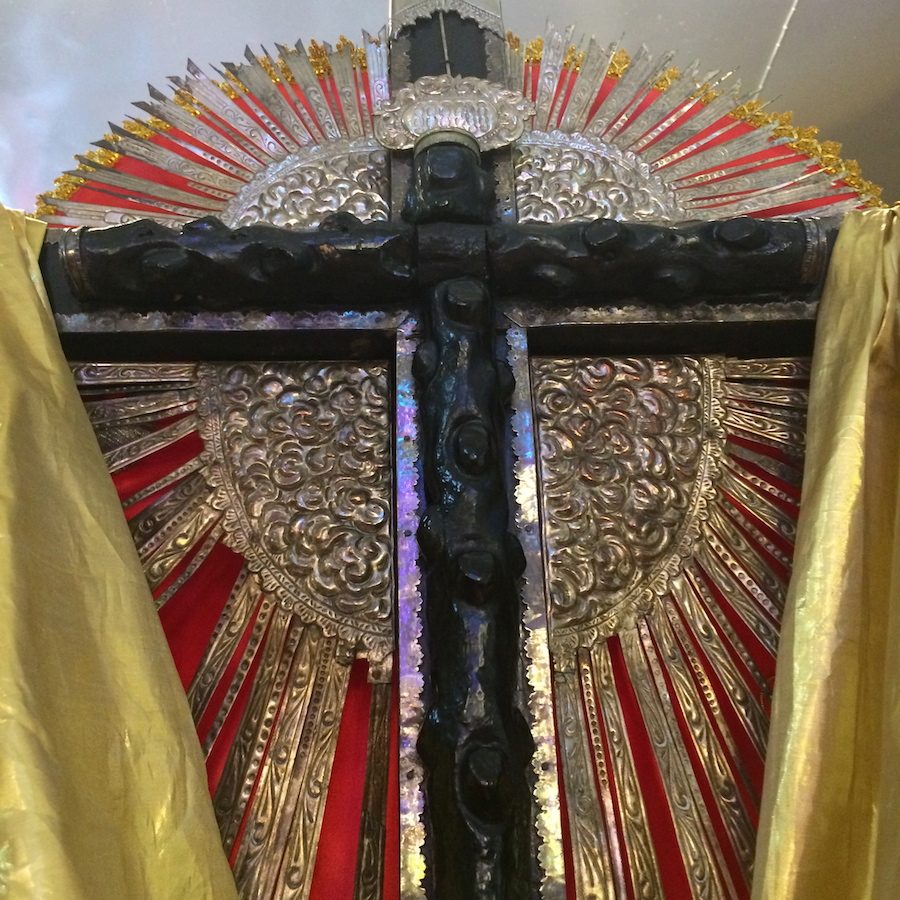
CAVITE, Philippines – It stood at the middle altar of the Holy Cross Parish Church cathedral in Tanza: about 3 feet tall, its wood blackened by time, set on a sheet of silver depicting the sun and its rays.
If you were not from old families in the poblacion or an aficionado of local history, you would think of the Santa Cruz de Malabon (also the old name of Tanza) as just any religious article.
Until you realize why, on Friday, June 24, the newly-elected governor of Cavite, Jesus Crispin “Boying” Remulla, picked this cathedral to take his oath of office, along with most officials of the province and the host town.
He was not just following a tradition started in recent times by his younger brother, outgoing Governor Juanito Victor “Jonvic” Remulla, who was sworn in before this 200-year-old cross in his two terms.
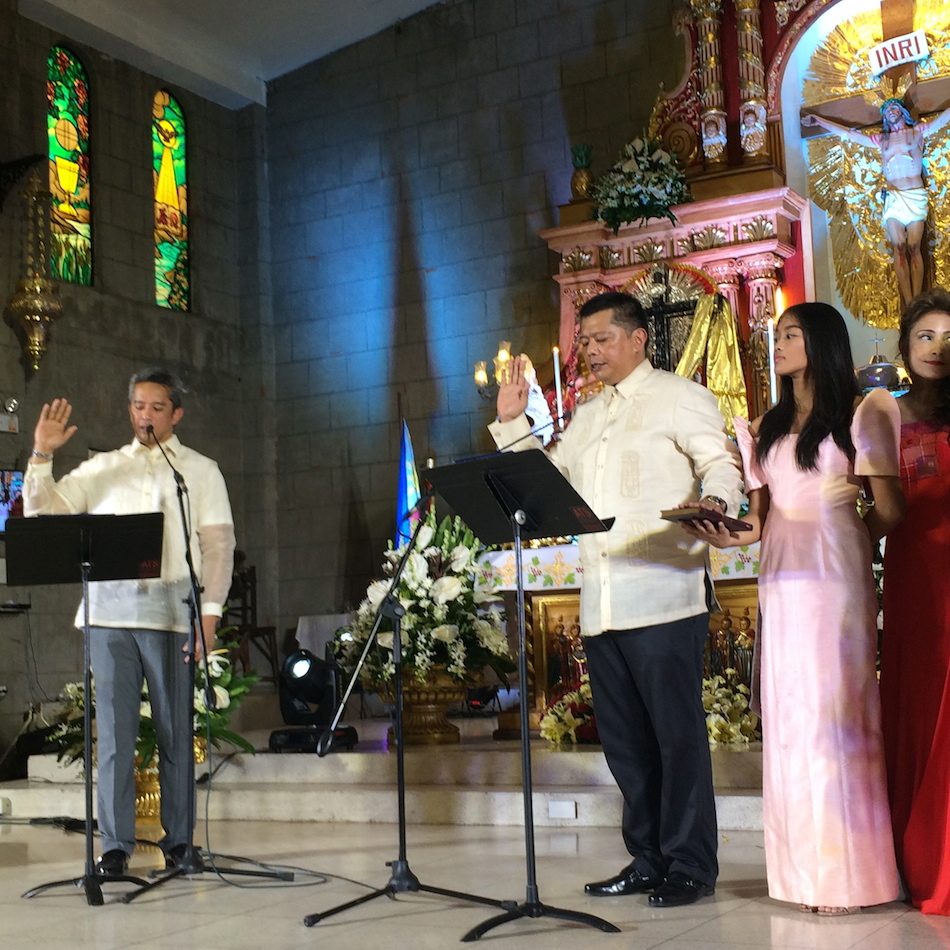
They were, in fact, reviving an act by General Emilio Aguinaldo from 119 years ago, when he took his oath as president of the revolutionary government.
Many of us are familiar with that a la-telenovela scene recounted in history books: Andres Bonifacio walking out of the Tejeros Convention after Daniel Tirona questioned his qualifications as director of the interior.
The rest of the elected officials – Mariano Trias (vice president), Artemio Ricarte (captain general), and Emiliano Riego de Dios (director of war) – transferred to the next town of Tanza (Tejeros was in San Francisco de Malabon, now called General Trias). Aguinaldo, who had been elected president in absentia, left the battle in Dasmariñas to join the first Cabinet meeting at the second floor of the convent beside what is now the Holy Cross Parish Church.
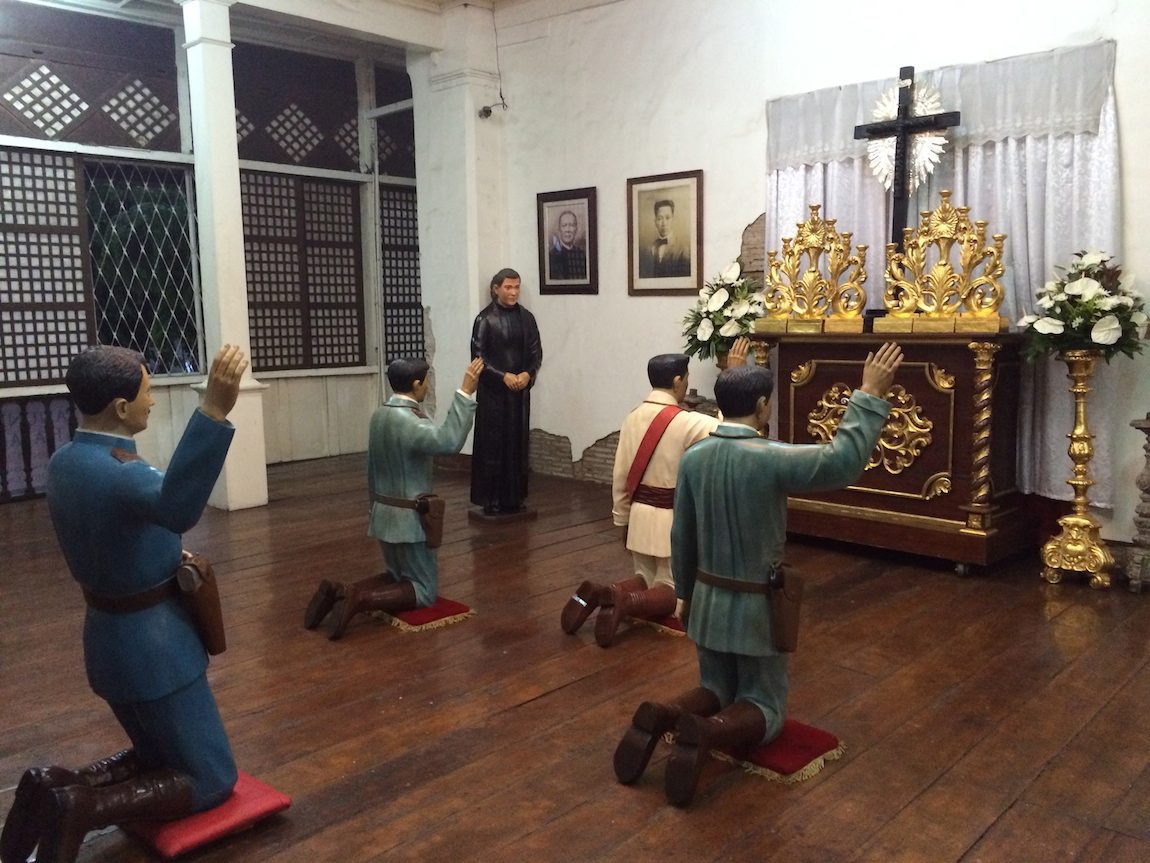
The convent is now officially called the Panumpaang Bayan (Oath Taking Hall), and will soon officially become a shrine.
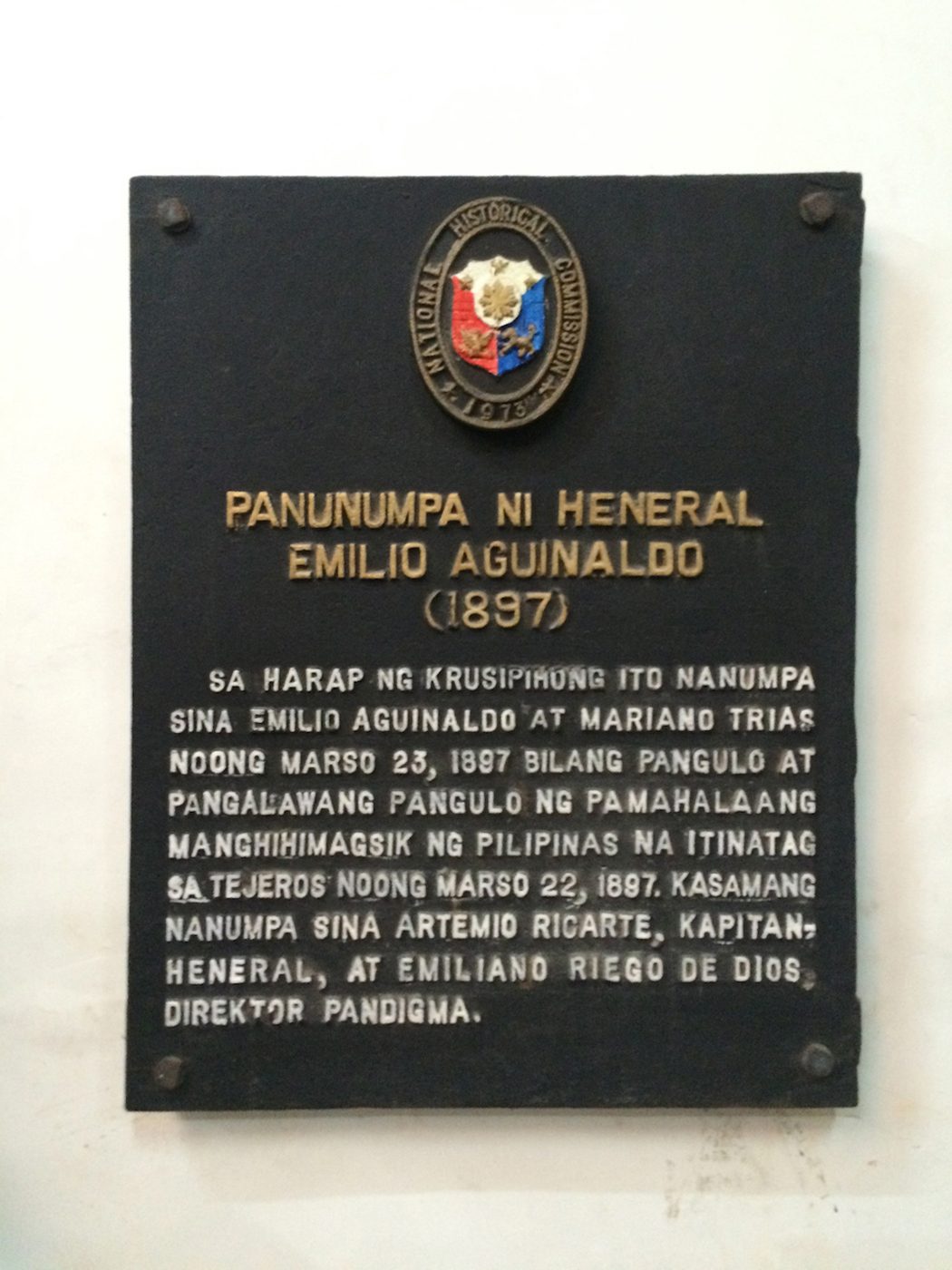
Where did the cross come from? Local historians have yet to trace anything farther back than Aguinaldo’s oath taking on March 23, 1897. Since then, the last known “caretaker” – she refused to call herself the owner, although the cross was part of her personal collection – was Rosario Cerillo, an unmarried woman.
Cerillo gave the cross to Librada Arayata de Peralta when the latter bought a piece of land from her. Consider it given as an inheritance “because you don’t sell nor buy the cross,” Librada’s son, Vicente, told Rappler.
Vicente “Paeng” de Peralta is a former councilor of Tanza and president of the Tanza Historical Society. His fellow councilors took their oath before that cross in 1998. His own daughter Sandy, although a councilor for some time, first took her oath as top councilor before the family heirloom in 2016.
Vicente recalls how his mother led the holding of feasts in honor of that cross – “the karakol (street dancing), the parade, the works” – every 3rd of May, until authorities changed the date to September 14.
The Arayata-De Peralta matriarch also donated land on which the public school in Barangay Bukal was built, giving instructions to name it after the cross: Santa Cruz Elementary School. Among her last wishes was to never rename the school after her, as locals had wanted to do, and to let the name of the cross stay.
Time and again, the De Peralta family entrusted the historic cross with the local parish, but had to get it again after some locals started stealing the accessories of the religious article. “Its rosary is gone. You will notice some rays are missing. Ginagawa nilang anting-anting (They use those as amulets),” Vicente said.
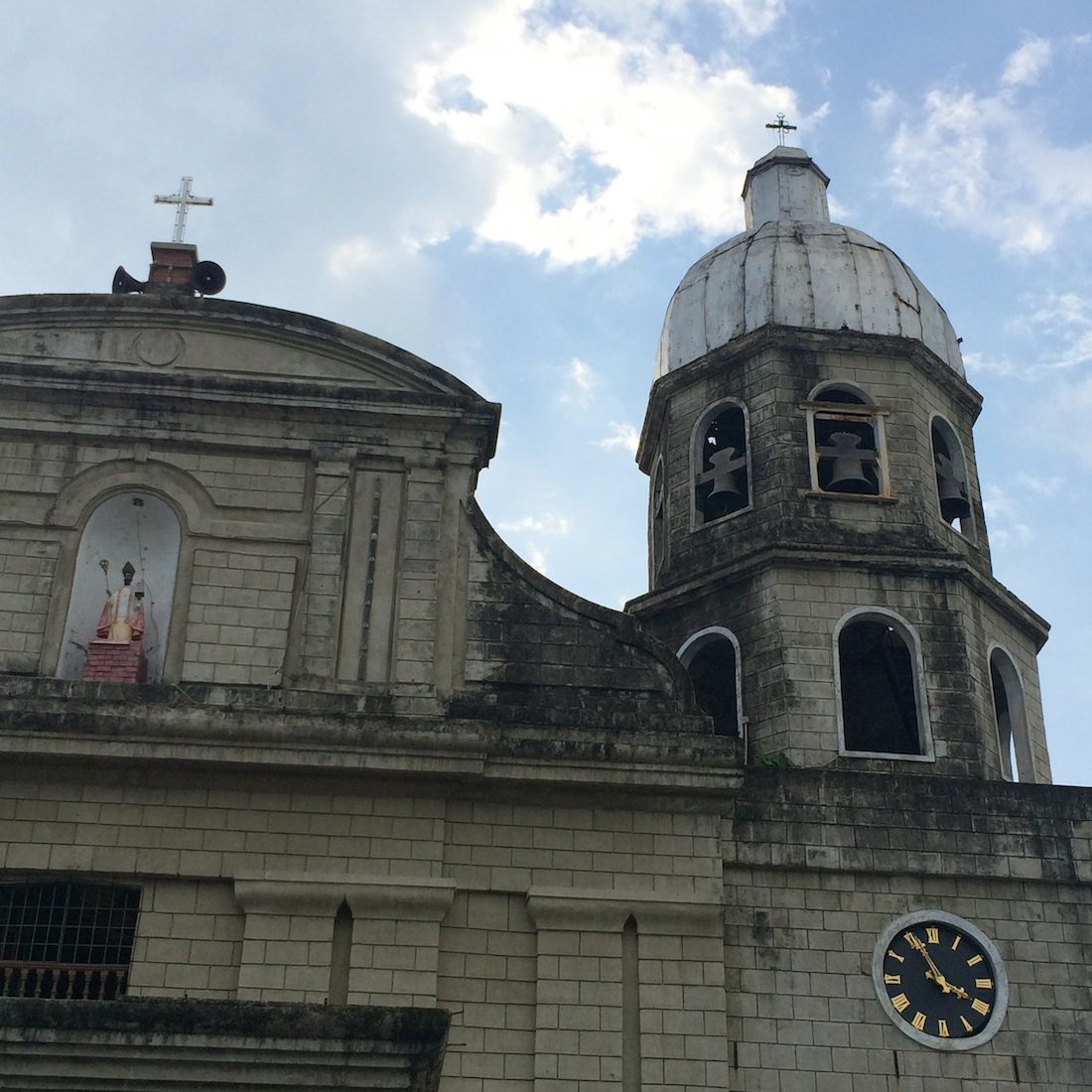
It was only last year that the family again lent the cross to the cathedral, a short walking distance from their compound.
During martial law, the family had to hide the cross because they were sent word that the First Family was “interested” to have it.
The clan of former Prime Minister Cesar Virata was also interested in this historic cross, given its significance in Emilio Aguinaldo’s public life. Virata is a grandson of the general.
The Suntays – their matriarch Cristina is a daughter of Aguinaldo – once borrowed the Santa Cruz de Malabon so they could have a replica made. The model is on display at the Aguinaldo Museum in Baguio City. (READ: Want to see the PH flag first flown in 1898? Go to Baguio!)
Aren’t they afraid to lend the valuable artifact just like that? “I have secret markings there. Hindi puwedeng mapalitan (Nobody can swap it with a fake one),” Vicente said.
Besides, he said, there is no other way to quote-unquote own the cross but to share it. “The cross belongs to the people of the Philippines – not just Tanza, not just the Catholics. It is not just a religious item, it is historical.” – Rappler.com
Add a comment
How does this make you feel?
There are no comments yet. Add your comment to start the conversation.